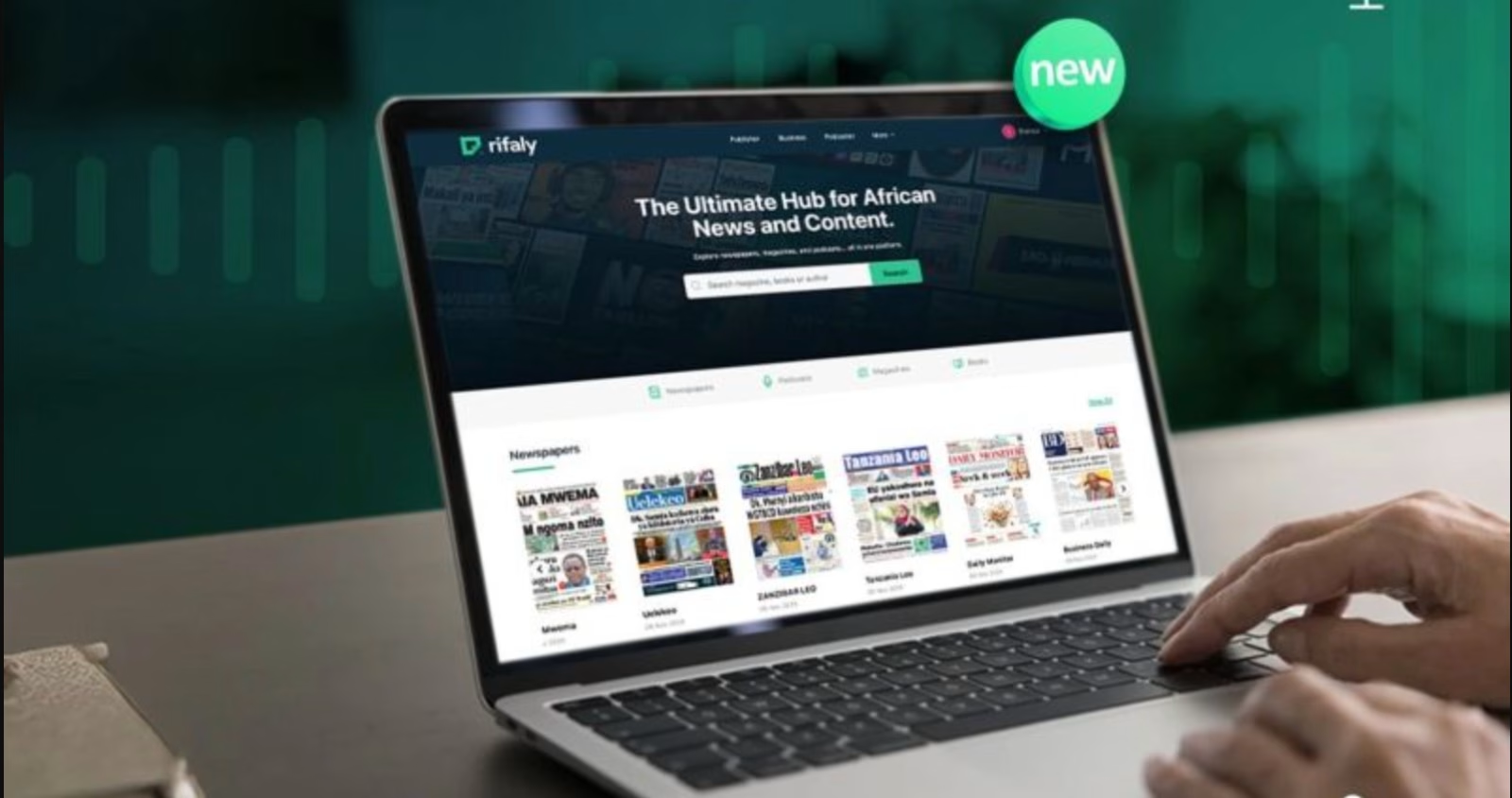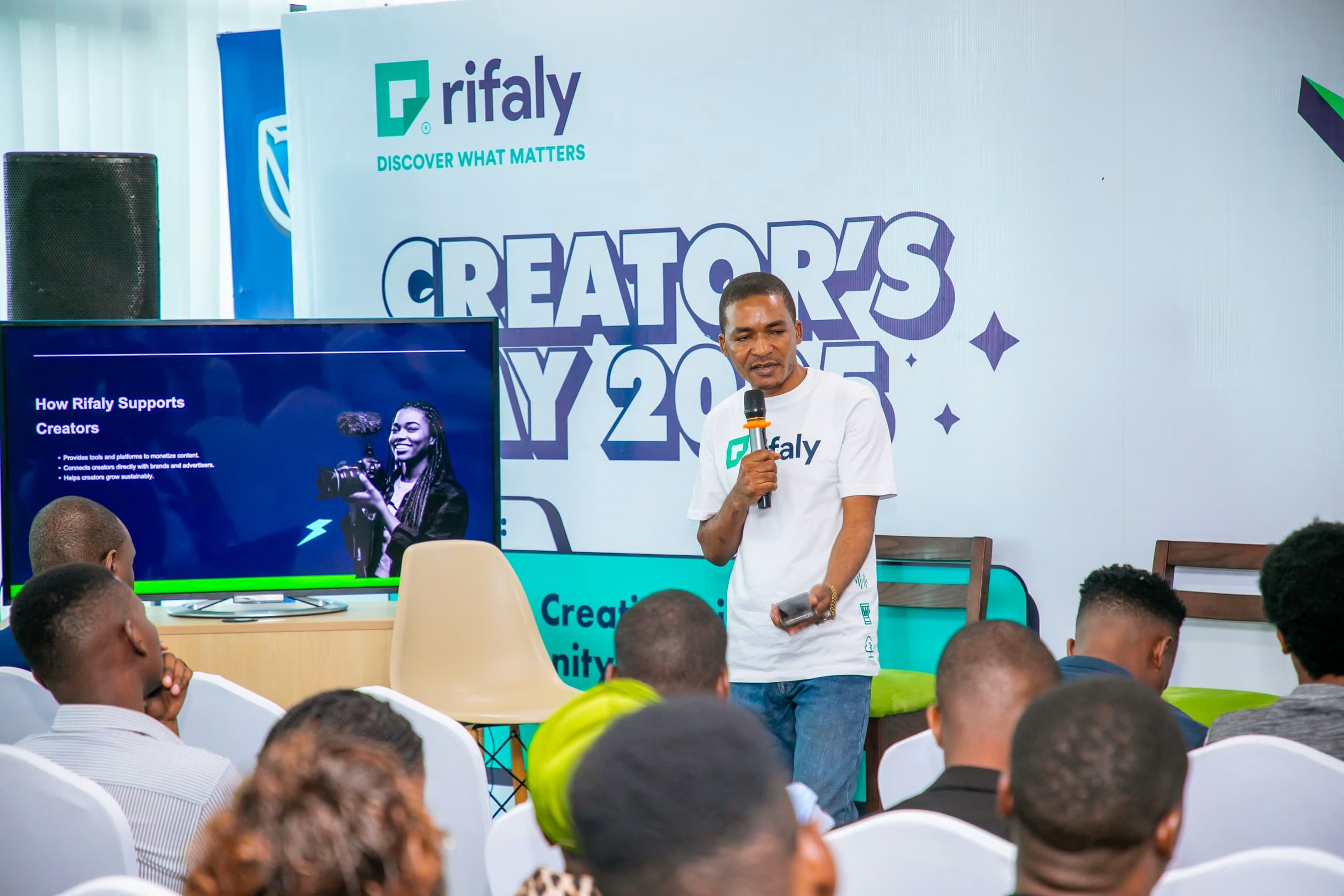Across Tanzania and Africa, print media is going through a change. However, this change is slow. A quiet tension is building between publishers and advertisers, which threatens the digital shift that could save the industry.
Here’s the uncomfortable truth: advertisers are quickly moving to digital strategies, while many publishers remain cautious. They hold on to outdated distribution models. As a result, they continue to lose revenue.
Print Is Not Dead, But It Must Evolve
Despite predictions of its decline, print is still alive. Newspapers still have loyal readers who enjoy the feel of a physical copy. However, audiences have changed.

Some prefer hard copies. Others want digital editions. Many now consume news through smartphones, tablets, or audio formats like podcasts.
This shift requires one thing: multi-channel distribution. The goal is not to replace print. It’s to expand its reach, keep it relevant, and meet readers wherever they are.
The Advertiser-Publisher Divide
This is where the problem begins.
The traditional print model relies on advertising. More ads mean more revenue. But as audiences shift online, advertisers are moving their budgets to digital platforms. These platforms offer data, targeting, and measurable returns.
Publishers, however, are slower to adjust. Many still invest heavily in print infrastructure. They resist digital-first strategies, often viewing them as threats instead of opportunities.
This creates a false belief that digital is killing print. In reality, digital may be the only thing keeping it alive.
Digital Platforms: A Lifeline, Not a Threat
Platforms like Rifaly are changing the game by providing newspapers with a low-cost, high-reach distribution method that print logistics cannot match. They reduce production costs by over 75%.

This helps to expand the access to global audiences. They also offer publishers detailed analytics to guide their strategy.
Let’s look at the numbers.
If The Guardian and Nipashe each attract 100,000 daily readers on Rifaly and sell their digital editions at half the price of physical copies, they could earn TZS 100 million per day from digital sales alone.
But revenue is just part of the story. Retention is vital. Publishers need to keep daily digital readers engaged and create ongoing value that print alone cannot deliver.
Rifaly: More Than Distribution
Rifaly is not just a digital shelf. It’s an ecosystem that changes how print media connects with its audience and advertisers.
With real-time analytics, publishers can track:
- Most-read stories
- Reader habits and engagement times
- Peak versus off-peak consumption
- Demographics—corporate versus individual readers
- Revenue per user and subscription patterns
In the print world, such data was a matter of guesswork. In the digital world, it drives strategy.
The Inconvenient Truth
Resistance to digital is not a matter of technology. It’s about mindset.
Publishers who view digital as competition are missing the point. Digital distribution is not replacing print; it is sustaining it. It provides the reach, insights, and flexibility that outdated systems cannot offer.
And advertisers? They are already on board. They’re simply waiting for publishers to catch up.
Time to Get on the Same Boat
Digital transformation is no longer optional. Publishers and advertisers need to stop acting as if they are on different journeys. They are part of the same ecosystem.
Digital is the bridge. And Rifaly is more than just a platform; it’s a wake-up call.



